Common feminine discomforts include itching, burning, dryness, odor, and/or excessive discharge. All may be caused by imbalance of the vaginal microbiome. Thus, restoring balance of the microbiome may end these discomforts.
What is the microbiome?
The microbiome is the collection of all microorganisms, like bacteria, fungi, and viruses. These microorganism naturally live on and inside the human body. It contains trillions of microorganisms — outnumbering human cells by 10 to 1.
Because of their small size, yet, microorganisms make up only about 1 to 3 percent of the body's mass. For example, a 200-pound adult may harbor 2 to 6 pounds of bacteria.
Microorganisms are too small to be visible by naked eyes. They can only be viewed under microscope. As very “small” creatures, they play an important role in human health and wellbeing.
The human body has many different ecological compartments. Each has a smaller but unique microbiome, like the mouth, nose, skin, gut, or vaginal microbiome.

The vaginal microbiome includes all microorganisms in the vaginal tract. It plays an important role in maintaining woman’s health and wellness.
There are good bacteria and bad bacteria in the microbiome. Good bacteria protect us against pathogens and assist our immune system's defense function. Bad bacteria can cause infections, and thus they are also called pathogens.

Hundreds of microbial species live in the vaginal microbiome. Good microbes are Lactobacillus species. Bad microbes include anaerobic and aerobic bacteria, and fungi, the candida yeast. If you are dealing with yeast infections, you may be interested in Reset and Rejoice.
The microbiome: balance vs. dysbiosis
When the good Lactobacillus bacteria are dominant, the number of bad bacteria is low. The vaginal microbiome is healthy and balanced.

When the microbiome is balanced, the number of good bacteria is more than that of bad bacteria. The word “balanced” here refers to the health status, not on equal weight between good and bad bacteria.
A balanced microbiome needs at least 10-to-1 ratio of good bacteria vs. bad ones, not a simple 50/50. The reason is that a small number of bad bacteria can cause great damage and need more good bacteria to counter against.
For example, if there are only one security guard and one thief on a street of many stores, the thief can steal things in stores where the guard is absent.
However, if you have at least 10 guards-to-1 thief ratio, the street will likely be safe.
This means that a balanced vaginal microbiome needs more good bacteria against bad bacteria at about a 10-to-1 ratio.
Yet, when bad bacteria are dominant, the number of good bacteria would be low, resulting in an imbalance of the microbiome.

When the microbiome becomes imbalanced, dysbiosis happens. The vaginal health may deteriorate, and the risk for infection may increase.
Dysbiosis is defined as disruption of the vaginal microbiota that primarily causes increased vaginal discharge with a fishy odor but without signs of inflammation or infection.
What is the difference between dysbiosis and infection?
Dysbiosis is an imbalance in the growth of various commensal bacteria, similar to house pets, which normally grow inside the vaginal cavity but in low numbers and not within the tissue.
In contrast, infection involves the invasion of external microbial pathogens into the tissue, such as Salmonella or Listeria, which are more akin to vicious wild animals rather than house pets.
What happens if the number of good bacteria becomes low?
Each microbiome is a well-organized microbial community. The available nutrients to support the growth of microorganisms are limited. Thus, the total microbial population remains stable.
Yet, the populations of microbial species may change when nutrients change.

When the population of good bacteria reduces, bad bacteria increase, and dysbiosis occurs.
What happens when you develop vaginal dysbiosis?
Bad bacteria can be divided into two large groups based on their need of air (oxygen).

Bacteria that cannot grow in the air are called anaerobic bacteria. The vagina secrets mucus fluid that keeps the tissue moist. These bacteria grow inside the mucus fluid, like fish in the water. These bacteria cannot survive in the air or the vagina with insufficient moisture.
Bacteria that need air for growth are called aerobic bacteria. They are like land animals such as mice. Like fish, some anaerobic bacteria cannot survive in the air. Yet, some bacteria can live under both aerobic and anaerobic conditions.
These bacteria are called facultative bacteria. They are like amphibians or land animals that can swim in the water.
Aerobic bacteria are not present in the moist vagina. Yet, when the woman develops vaginal dryness, air gets in, and aerobic bacteria thrive.

The good bacteria are lactobacilli. They produce lactic acid, hydrogen peroxide, bacteriocins, and/or other antimicrobial substances. They can inhibit both the anaerobic and aerobic bacteria, like cats that can eat both fish and mice.
When cats are active, the number of fish and/or mice will reduce. But if your cat is lazy and sleeps a lot, fish and mice will have a good time. Their populations will grow, causing “dysbiosis” in your house.

When fish-like bacteria become dominant, a dysbiosis condition called BV (bacterial vaginosis) develops. A typical symptom of BV is fishy odor. This helps remember that BV-causing bacteria are anaerobes like fish.

But BV is not related to fish. Eating fish will not cause BV. The cause of BV is unknown. It is a coincidence that BV has a fishy odor. The most common bacteria associated with BV is Gardnerella vaginalis.
When mice-like bacteria become dominant, a dysbiosis condition called AV (aerobic vaginitis) develops. AV does not have a typical symptom like fishy odor and is often misdiagnosed.
Treatment failure for BV often leads to lab test. A microbiome lab test, like Evvy or Juno, can discover AV.

Common bacteria causing AV are of commensal aerobic microorganisms of intestinal origin. The most frequently encountered bacteria are group B Streptococcus, Escherichia coli, Staphylococcus aureus, Enterococcus faecalis and Klebsiella pneumoniae. These bacteria are often derived from fecal material and/or skin.
When good bacteria exist in high numbers, fish and mice-like bacteria are absent or at low numbers. But, when good bacteria are absent, fish or mice-like bacteria thrive, causing dysbiosis.
What happens when you have too much good bacteria?
Too much good bacteria in the microbiome may cause overproduction of microbial metabolites. These in turn may cause a dysbiosis condition called cytolytic vaginosis (CV).
Major symptoms of CV include intensive itching, burning, and discharge. CV is often misdiagnosed at first. After treatment failure for BV or yeast, lab diagnosis may discover CV.
Let us use cats again to represent good bacteria to explain it.
When your house has too many cats, fish and mice are no longer a problem. When many cats are present, they often use their urine (pee) and feces (poop) to mark their territory. The excessive amount of cats’ pee and poop can pollute the house.

A vaginal microbiome dominant by Lactobacillus species is protective. Lactobacillus produces lactic acid, which lower the vaginal pH and prevents other potentially infective bacteria from growing up.
Lactobacillus iners is a bad apple in the family of Lactobacillus. It is like a lazy cat. It is often associated with an increased risk of vaginal infection. If you see a high number of L. iners in your lab test, most likely you have a vaginal dysbiosis like BV or AV. If the population of L. iners is close to 100%, you may developed a special cytolytic vaginosis (CV).
L. iners secrete a L-lactic acid and can offer some protection by lowing the vaginal pH, but it may also secret a cytolysin called inerolysin that may also kill your vaginal lining skin cells and cause burning and discharge.
This bacterium has a small genome of about 1 Mbp. The normal size of a bacterial genome is 3-4 Mbp. Thus, L. iners does not have many metabolic pathways needed to live in an environment alone. It requires a feeder strain to provide nutritional supply. When the feeder strain is a good bacterium, L. iners may be protective. But if the feeder strain is a bad bacterium, L. iners may behave as a bad guy.
Thus, if your lab test shows L. iners, you need to check if there are bad bacteria like Gardnerella, E. coli, and Enterococcus its accomplices. If you do not have any discomfort symptoms nor bad bacteria, L. iners may not be a problem.
How common is vaginal dysbiosis?
The most common vaginal dysbiosis is BV. Depending on different populations, the BV prevalence is about 30% worldwide. The recurrence rate of BV is 76% after antibiotic treatment. Vaginal dysbiosis also causes AV and CV. The prevalence of AV ranges between 7 and 12%. CV is often misdiagnosed at first. The incidence of CV is about 7% among those who were first diagnosed as yeast. Thus, dysbiosis may affect 50% of all women sometime in their lives.
How is vaginal dysbiosis treated?
Currently, common treatments for bacteria related vaginal dysbiosis include:
- Antibiotics, like metronidazole (Flagyl) for BV and broad-spectrum antibiotics for AV or CV.
- Antiseptics, like boric acid, baking soda, hydrogen peroxide, etc.
- Probiotics, for increasing the number of good bacteria.

Why do current treatments often fail?
Vaginal dysbiosis refers to an imbalance of the vaginal microbiome. Typically, in its early stages, bacteria proliferate within the vaginal cavity without invading the vaginal skin tissues, indicating that vaginal dysbiosis is not a true infection.
However, due to the overgrowth of unwanted bacteria in dysbiosis, their metabolites may cause symptoms such as odor, discharge, itching, and irritation. One common form of dysbiosis is bacterial vaginosis (BV).
Antibiotics are frequently prescribed by doctors to treat this condition. However, using antibiotics to address a non-infectious issue constitutes clear overmedication, posing a significant concern for human health and wellness.
The World Health Organization (WHO) has recognized that antibiotic overuse, resulting in drug resistance, has significantly impacted the health of women.
Bacterial vaginosis (BV) is the most common feminine discomfort affecting women. Overmedication with antibiotics for non-infectious conditions might have contributed to this widespread antibiotic overuse.
Given that antibiotics or antiseptics cannot restore the balance of the vaginal microbiome, recurrence of vaginal dysbiosis is common. Moreover, repeated use of antibiotics and antiseptics may lead to the development of drug resistance, yeast overgrowth, and other side effects.
To illustrate this concept, consider the analogy of a pond: killing "amphibians" (bad bacteria) does not increase the number of "fish" (beneficial bacteria) in a dry pond. Without altering the environment, the amphibians will return, while the fish will not thrive.
Therefore, achieving successful treatment involves restoring microbial balance by changing the environment.
How about probiotic supplement?
Let us use the fish analogy again.
The number of fish reduces when the pond water is low or suitable nutrients are deficient.
Without increasing the water level or adding fish foods, adding more fish into a dried or nutrient deficient pond will result in more dead fish. Thus, using probiotics alone often fails to clear dysbiosis.

Thus, using a treatment in combination with changing the environment and supplementing nutrients may increase the chance of success.
Can nutrients help balance the microbiome?
Each animal species has a unique food preference. For example, rabbits eat carrots; cats eat fish. Thus, if you provide carrots, the population of rabbits will grow. But if you provide fish, cats will increase.

Likewise, each microbial species also has its nutritional preference.
Foods that support the growth of good probiotic bacteria are called "prebiotics." These include various food fibers, oligosaccharides, and polysaccharides, like inulin, resistant starch, FOS, etc.
Suitable nutrients can help enrich the population of good probiotic bacteria in the vaginal microbiome.
How does NeuEve fix vaginal dysbiosis?
NeuEve is not a drug. Thus, it does not fix dysbiosis by poisoning bad bacteria.
It uses natural food ingredients to provide alternative or complementary solutions to common feminine health problems.
It fix vaginal dysbiosis by delivering nutrients, like vitamins, minerals, and prebiotics and by changing the microenvironment. It promotes feminine health by balancing the vaginal microbiome.
In BV-related dysbiosis, NeuEve delivers nutrients and restores a healthy environment to wake up the previously suppressed lactobacilli. It is like waking up the “sleeping cat.” Once the cat wakes up, it captures fish and/or mice. As a result, the vaginal microbiome achieves a healthy balance.

Other BV care products use a one-size-fits-all approach. We offer personalized care.
We have 6 products of different strengths for women of different ages to clear BV. These include (from mild to strong) NeuEve balm cream, Silk, Silver, Gold, BV Clear, and BV Clear Finisher.
All these products use natural and food-grade ingredients. This article provides detailed instructions for choosing right products based on age.
About AV related dysbiosis, we have developed AV NIL. It works like clearing BV but with different ingredients. Bacteria that cause AV are different from those for BV. The product delivers nutrients for Lactobacillus, and change the microenvironment unsuitable for aerobic bacteria. This article provides detailed information on AV.
About CV related dysbiosis, we have developed CV Ease. It delivers less nutrients and restores a healthy environment to reduce the overgrow of lactobacillus and its harmful metabolites. As a result, the vaginal microbiome achieves a healthy balance. This article provides detailed information on CV.
How does NeuEve inhibit unwanted bacteria by changing the environment? you may find this article helpful.
In summary, vaginal dysbiosis may affect women's health by causing BV, AV, or CV. All cause discomforts like itching, burning, dryness, odor, and/or excessive discharge.
Conventional treatments often have limited effectiveness. They utilize antibiotics or antiseptics to indiscriminately kill bacteria without restoring microbial balance. Additionally, they overlook nutritional needs and environmental factors.
Using antibiotics to address vaginal dysbiosis, a non-infectious issue, may contribute to widespread overmedication, a practice that has significantly impacted human health.
NeuEve products offer an alternative by balancing the microbiome through the provision of nutrients and environmental changes.
To date, NeuEve has helped over 100,000 women find relief from various forms of vaginal dysbiosis safely, without recurrence, by restoring the balance of the vaginal microbiome.

Disclaimer: This article is for information purposes only. It is about natural products, nutrients, and/or alternative methods for managing discomforts associated with vaginal dysbiosis (imbalance of microbiome, not a true infection or disease). It is not medical advice for the treatment of any diseases.

















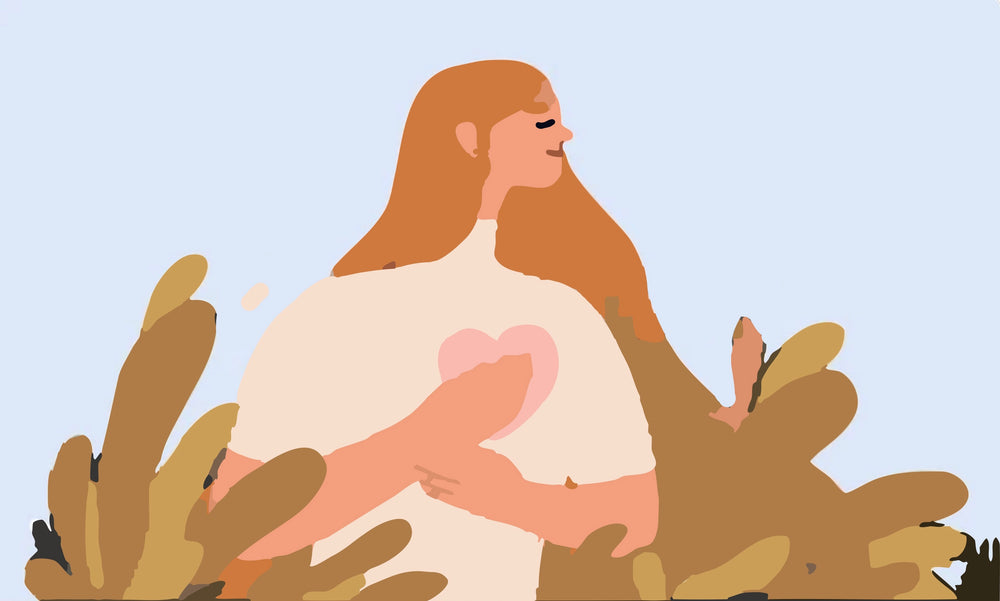
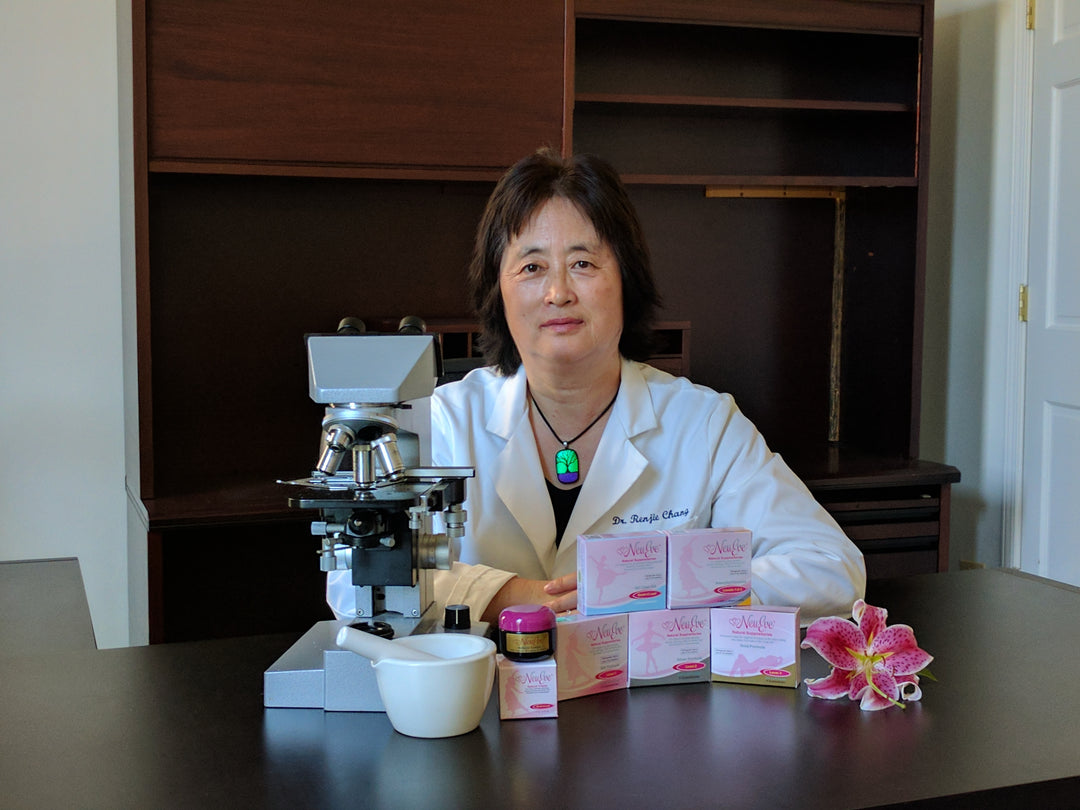
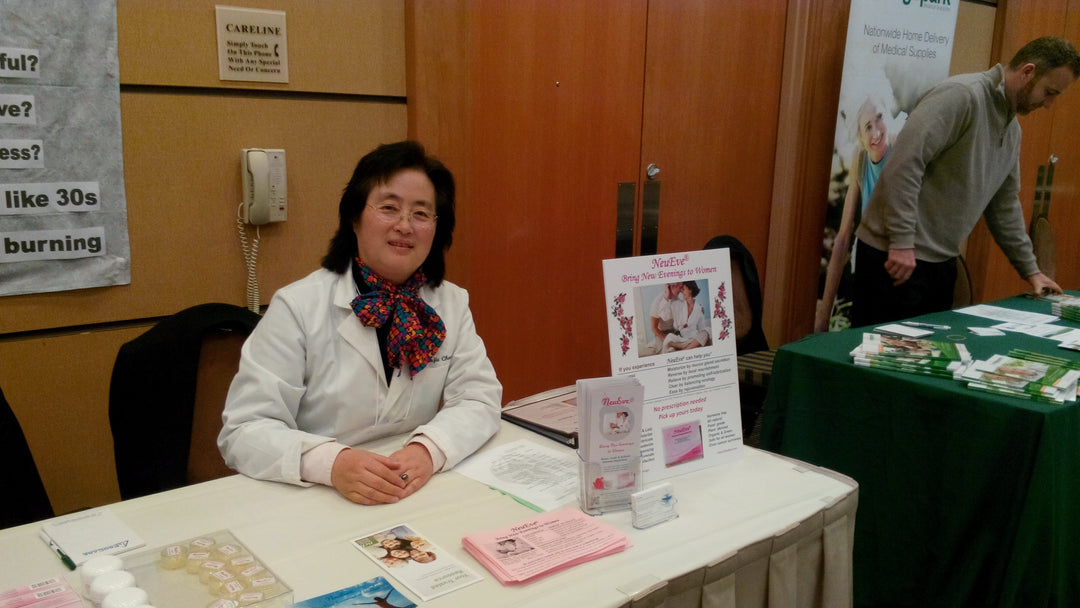

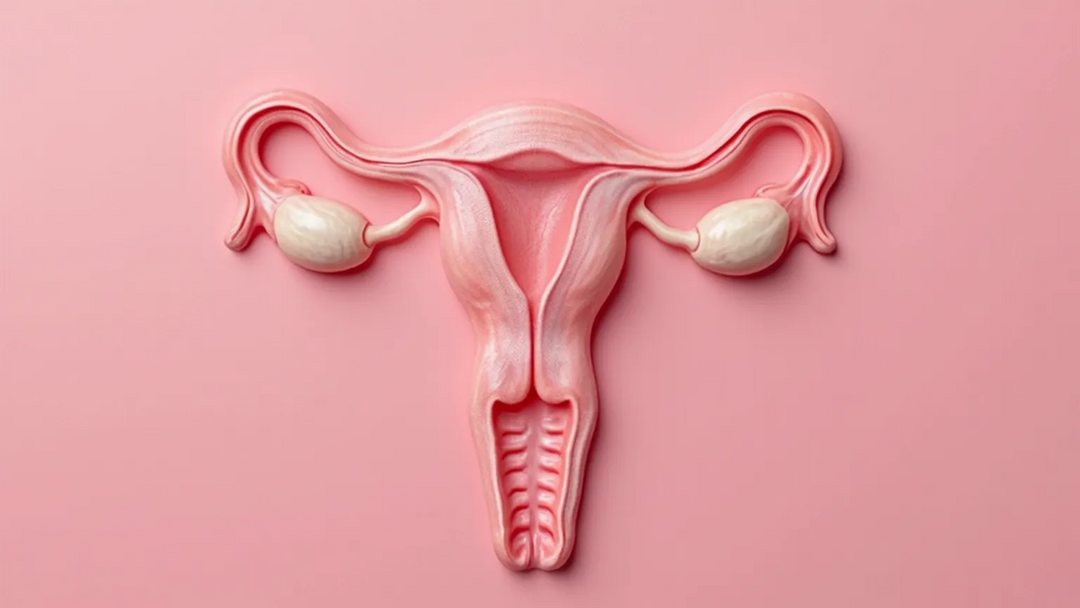
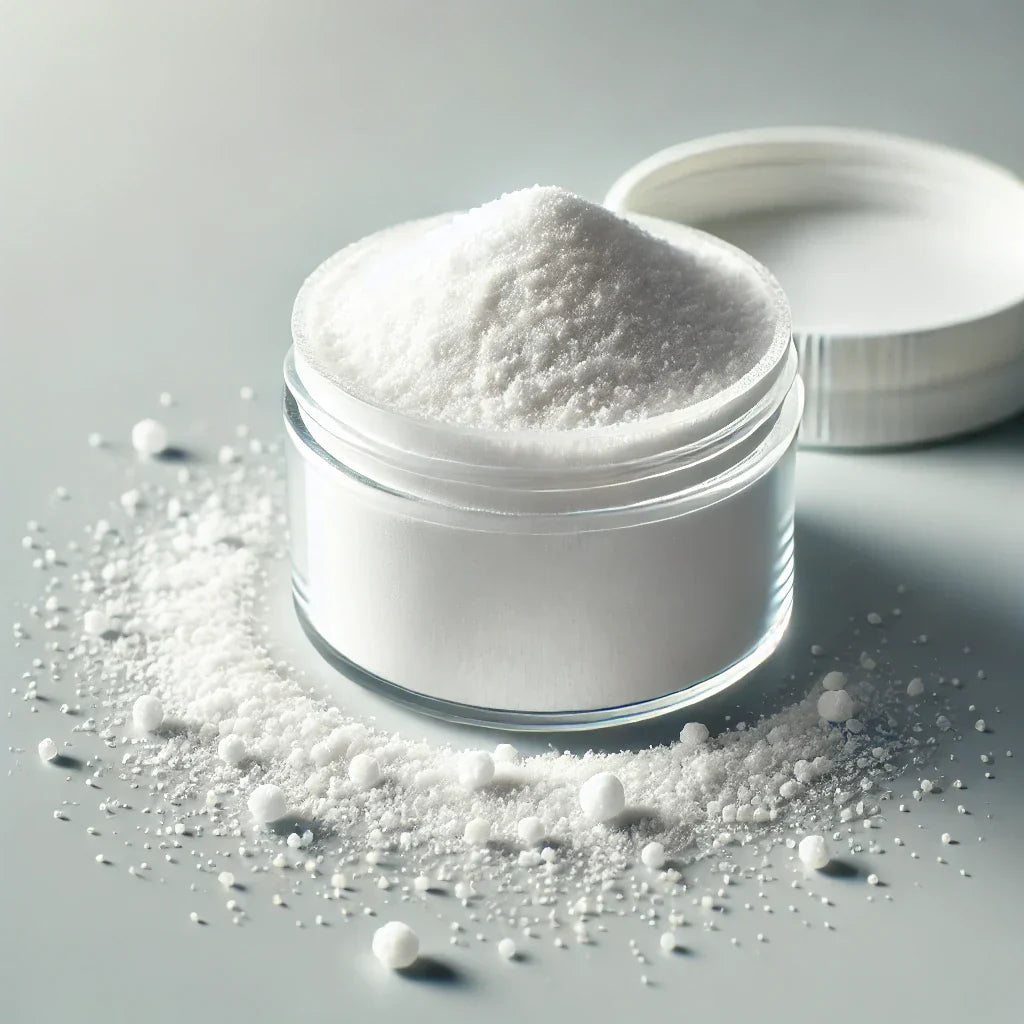


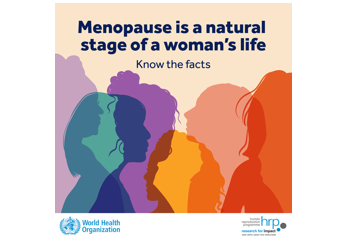
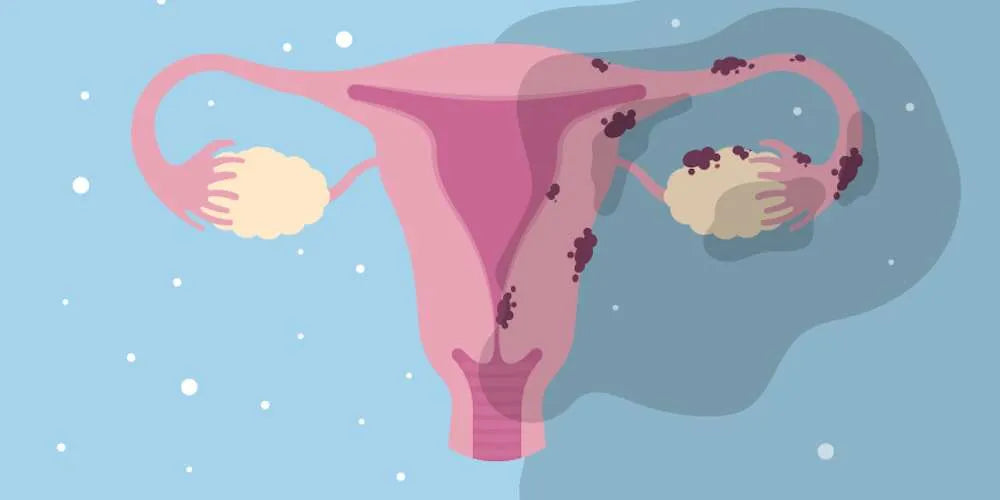
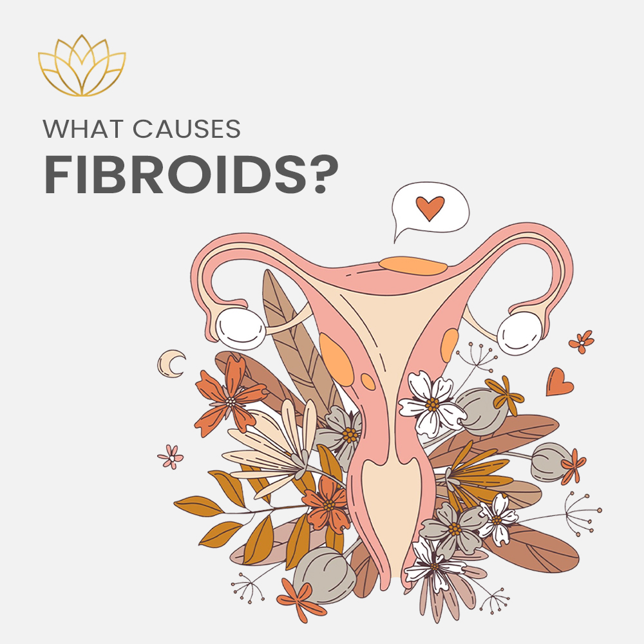
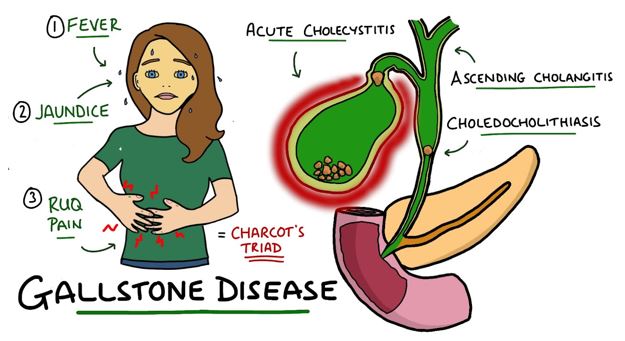

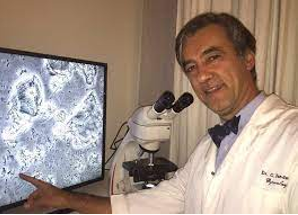
Hello Meg,
Thank you for your kind words! We’re thrilled to hear about your enthusiasm for our products and your commitment to providing the best care for your menopausal female patients.
We would be delighted to answer any questions you may have and provide further information on how our products can contribute to lasting solutions for vaginal dysbiosis. Please email us at help@neueve.com
Once again, thank you for your support and interest in our products. We look forward to the opportunity to assist you and contribute to the well-being of your patients.
Best wishes,
NeuEve Team
You people are amazing!! Thank you so much! I really would love to arrange a call to ask some questions in order to better treat my Menopausal female patients! Not sure if thats possible or what you would suggest! Anyway, so grateful that Gynecologists (or at least THIS gynecologist!!) are finally educating women around some real, lasting solutions for vaginal dysbiosis!!
Leave a comment